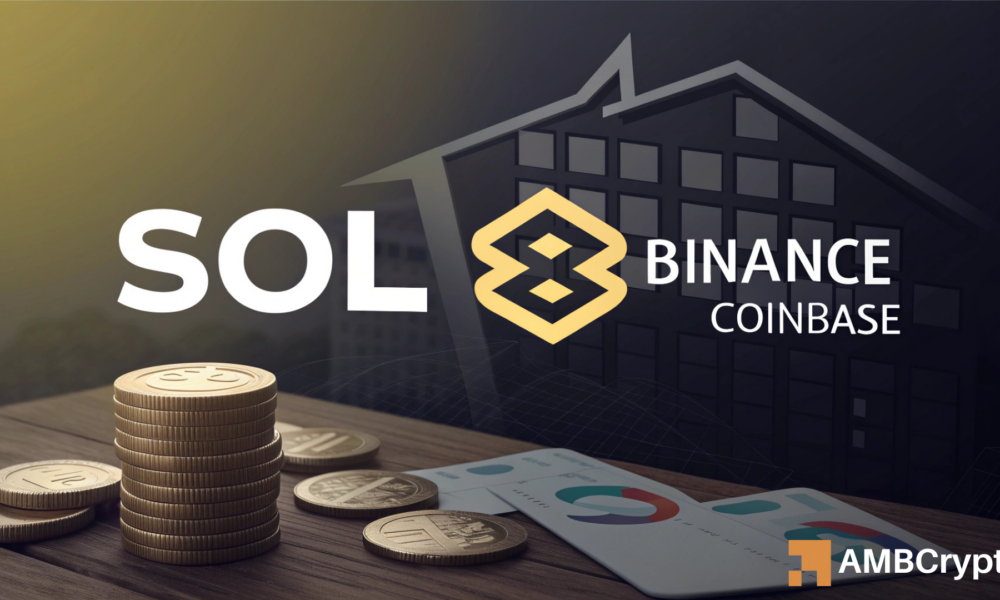Reportedly, the Binance platform recently executed a “flushing” or “liquidation hunting” strategy by transferring over $32 million worth of Solana [SOL] to market maker Wintermute during a weekend with low trading volume.
The goal was evident: to drive down the price of SOL to lower levels, thus compelling long-time leveraged traders to close their positions.
This method is notably effective on weekends when trading activities typically decrease, making the market more vulnerable to manipulations.
Based on an analysis by CryptoCrypto of Arkham’s data, Wintermute reportedly contributed by selling the SOL at a reduced price, further decreasing the price, and then repurchasing it at the artificially decreased levels.
Following the artificial dip, Wintermute allegedly returned more SOL to Binance than it had initially received, benefiting from the price variance.
While this was beneficial for both parties, according to crypto analyst MartyParty, the ones at a disadvantage are the leveraged traders and the reactive sellers.
Similarly, Coinbase reportedly transferred $30 million in USDC to Wintermute on the Solana network, possibly to capitalize on the dip, in response to recent complaints about insufficient SOL reserves causing delays in Solana withdrawals.
This action implies a coordinated effort to leverage market conditions, potentially for stabilizing or profiting from the fabricated market fluctuations.
Maximizing Gains from SOL Price Manipulation
Having an understanding of these strategies can be vital for traders. By monitoring large and abnormal transactions from exchanges to market makers, traders might be able to anticipate potential price declines, such as in the case of Solana.
One tactic to benefit from such manipulations involves identifying signs of a forced liquidation event and entering the market during the price drop, expecting a swift recovery as the market adjusts itself.
SOL has already recuperated approximately a third of the decline witnessed over the weekend.
However, this strategy demands precise market timing and a comprehension of associated risks, as not every market manipulation culminates in foreseeable bounce-backs.
For individuals with a high tolerance for risk, these tactics could present chances to profit from the market volatility that others may fear.
The price chart for SOL showcased a sharp descent, hitting a low of $207 before bouncing back as exchanges intervened. The weekend purchases by exchanges during this period hinted at a deliberate acquisition amidst the dip.
This move coincided with a drop in MACD indicators, signaling reduced momentum, which then switched direction positively following the purchases.
If this pattern of purchases persists, SOL might test higher resistance levels close to $235. Conversely, a failure to uphold this support could prompt a revisit of lower price tiers.

